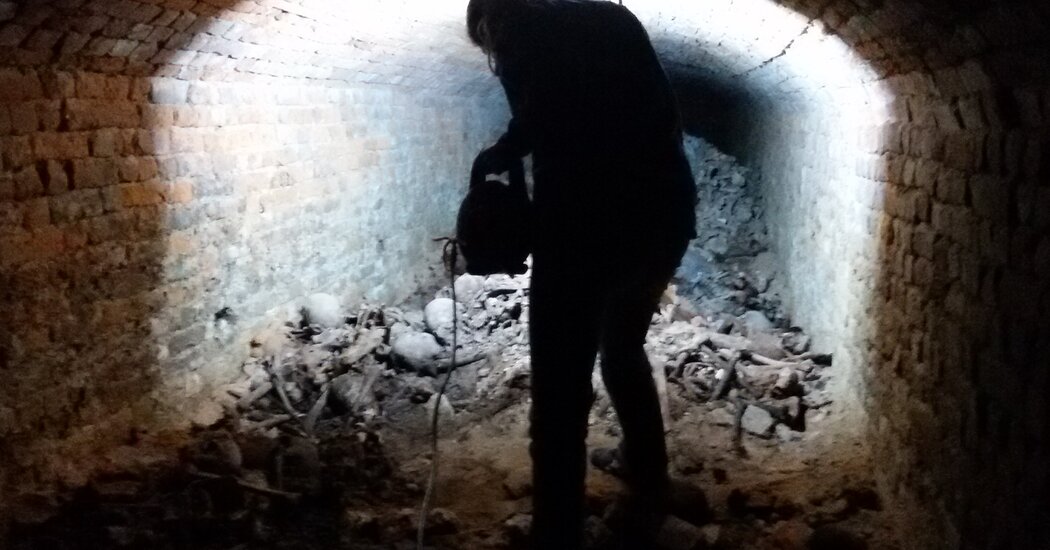A small city of the dead rests in a crypt that sprawls beneath Ospedale Maggiore, a public hospital in central Milan where, from 1637 to 1693, the corpses of some 10,000 patients were dumped and interred. Established by the Duke of Milan in 1456, the facility, nicknamed Ca’ Granda, or Big Factory, had a singular mission: to provide assistance to the sick and injured, particularly the city’s working poor.
“It was Europe’s first known secular hospital,” said Folco Vaglienti, a historian at the University of Milan. “Unlike the religiously affiliated institutions of the time, it welcomed people of any ethnicity or religion, marking a significant shift to a more universal approach to healing.”
In 2018, Mirko Mattia, a bioarchaeologist at the University of Milan, and a research team began sifting through the remains strewed throughout the tombs. Since then, as part of an ongoing project, they have been studying bones found in the crypt to better understand the health, diet and drug use of the most impoverished people in 17th-century Milan.
With its pioneering treatments and therapies, Ca’ Granda’s medical services were unrivaled throughout Europe. The hospital’s four wings were built around a central church, Chiesa della Beata Vergine Annunziata, providing thousands of patients with specialized care in separate wards for broken bones, tuberculosis and other conditions.
The hospital was equipped with its own infrastructure, including a sewer system, kitchens, a laundry, pharmacies and even an ice house. During the 1600s, a crypt was constructed under the church. Comprising 14 chambers, all about seven feet tall, the sepulchers cover a surface area of more than 3,900 square feet.
The post 10,000 Tales From a 17th-Century Crypt appeared first on New York Times.




